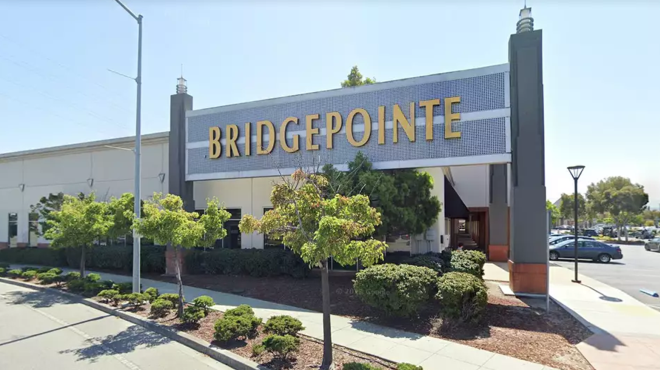During the e-commerce boom of the pandemic, millions of consumers shifted to online shopping from home, leading some experts to declare the beginning of the “retail apocalypse” for traditional brick-and-mortar stores.
However, while other sectors of commercial real estate (CRE) are struggling with declining property values, higher vacancy rates, and an oversupply of new spaces that the market can’t absorb, open-air shopping centers are on the verge of a “retail renaissance,” according to some investors.
This is the term used by the buyer of a fully leased outdoor mall in San Mateo to describe his firm’s acquisition approach.
In December, Cohen & Steers and the Sterling Organization purchased the fully leased Bridgepointe Shopping Center for $127 million from the Teachers Insurance and Annuity Association of America (TIAA). Located at 3000 Bridgepointe Parkway, spanning San Mateo and Foster City, the mall sold for about $547 per square foot, which was $2 million more than what TIAA paid for the 232,000-square-foot center in 2017.
Open-air shopping centers across the U.S. are currently experiencing historically low vacancy rates, with only 6.2% of space available for lease—the lowest level since 2006. This scarcity, combined with minimal new construction, has created favorable conditions for rent growth, according to CoStar data.
The Bridgepointe Center, a 24-acre property built in 1997 on the site of the former San Mateo Fashion Island Mall, is located in a densely populated, affluent suburban area with less retail space compared to the U.S. average.
According to Cohen & Steers, pricing for open-air shopping centers focused on “necessity-driven” retail has stabilized, and market conditions are beginning to shift positively.
Cohen & Steers is “deploying capital aggressively to capitalize on these strong fundamentals,” said James Corl, the firm’s private real estate group head, in a recent blog post. “Open-air shopping centers are the only major property type currently seeing an acceleration in rental rate growth.”
He added, “We believe the combination of strong earnings growth and high yields will drive shopping center investment performance for the foreseeable future, a reality that the market has yet to fully recognize.”
Corl also pointed out that, with property values still below replacement costs, a significant increase in new retail construction is unlikely in the near future. “Market rents and property cash flows have a lot of room to grow,” he noted.
“The strongest retailers didn’t just survive the so-called retail apocalypse; they’re thriving with internet-resistant models, driving a Retail Renaissance amidst an environment of extremely low property supply,” Corl concluded.
Source: GlobeSt.

